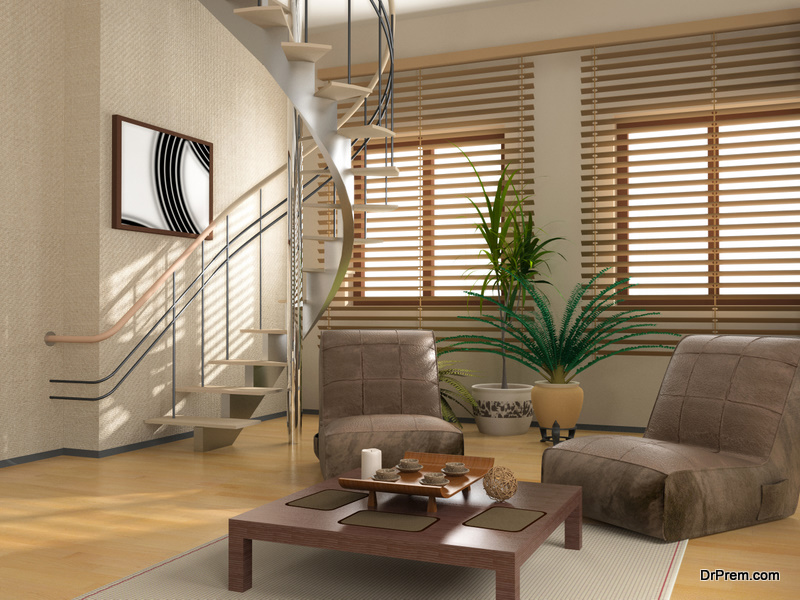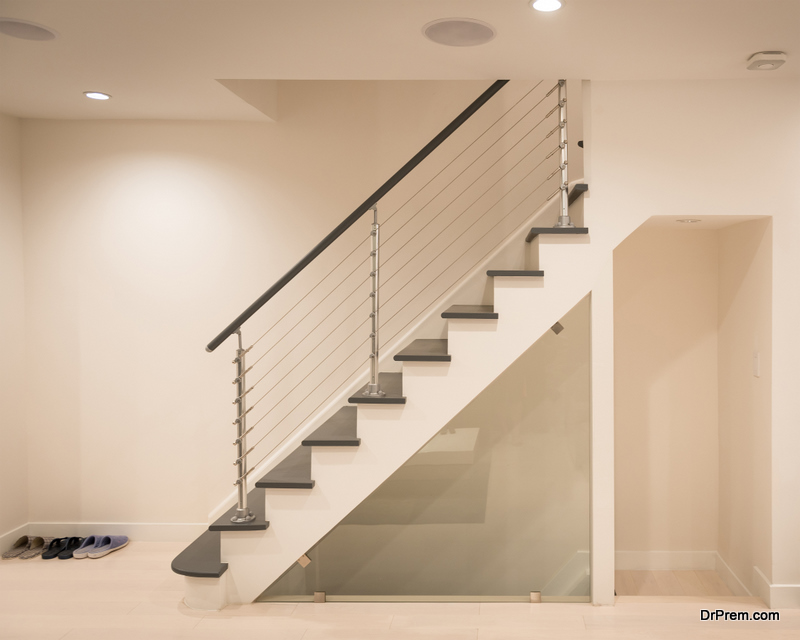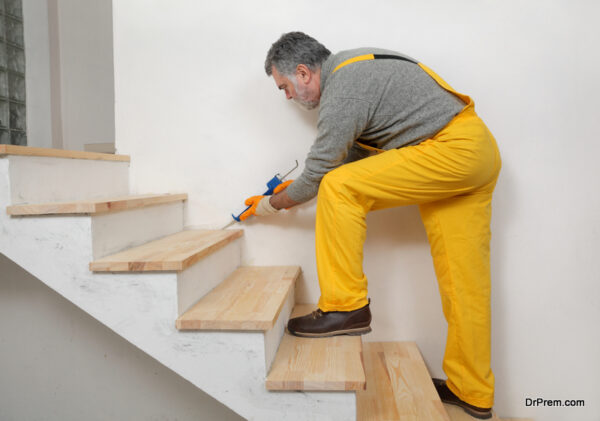When it comes to interior design, there are always new cutting-edge trends that one can choose from. One of the most popular trends right now is the launch of simple yet elegant home decor which is why many homeowners opt to have their place designed in this manner. The best part about this type of design is its simplicity and allowing everyone to maximize limited space to enjoy more efficient use of it. Read more here.
Before planning any home renovation project, the flow would be best to keep in mind, especially when dealing with kitchens or bathrooms. Placing furniture around these areas can be tricky, but what you need to know about designing your home decor is the concern for flow should come first because everything else would depend on it.
Always take note of the flow before doing anything else so you can determine the best possible designs for your home decor. Once you have planned everything accordingly, finding the perfect design for stairs would no longer be an issue because there are already many options to choose from. If you want to remodel your staircase, here are some stairway design ideas that will surely help you in this project:
1. Railings

The most straightforward yet crucial part of remodeling or renovating your house is installing glass stair railing, especially when dealing with staircases. If you want something simple like metal railings, make sure that they are correctly secured in place and do not wobble nor lean too much on one side or another. An uneven railing could pose a severe safety hazard, so do not forget to install the proper glass railing before you begin your remodeling project.
2. Flooring
You need to consider another part of the staircase is its flooring, especially if it has stairs made out of wood. Wood is one of the most used materials in interior design. It can easily be molded into different designs while giving each home decor an elegant touch to complement any area’s overall look and feel. If you want to give your stairs more texture, installing carpeted stair treads is also an option for this but make sure that only high-quality carpets are utilized so they would not wear off quickly after some time.
3. Design

Once you’ve already taken care of the significant parts in your staircase, the next is to decide on a design that will suit your needs and taste. There are many types and designs of staircases available for purchase, so make sure you know all of them before making any final decisions. It would be much better to buy one now instead of purchasing another later due to dissatisfaction with the first choice. If you want some assistance when searching for new staircases, search online or visit an interior design store nearby.
4. Lighting
No matter how perfect your home decor looks, it cannot be considered complete without proper lighting fixtures, particularly near areas with stairs. To get more lighting options, install recessed lighting near the stairs so you can have a well-lighted pathway. If you want to use your new staircase as storage, you can install overhead spotlights at the top and switch it on during nighttime or periods of low light for an extra glow that would surely catch attention from anyone who passes by.
We get many questions about stair design, so let’s review some basic principles.
Let’s say you have a large room with one wall containing an exterior door and the other three walls containing windows. You want to install a staircase in this space. You can see that two significant forces are acting on the stairs: gravity pulling down and the users pushing up. The forces of gravity want to pull the stairs straight down through the floor, while the users want to push them apart from each other. As they separate from each other, they tend to tilt inward toward their centerlines due to their weight (remember your high school physics: force = mass x acceleration). So what do we do? We need to address these forces with the materials of the stairs themselves, with their support system, and sometimes with their geometry.
5. Material Selection

For exterior ramps or short flights inside buildings (under about four feet), we usually use wood stringers (the side pieces) and hardwood treads (the walking surface). Wood is a friendly material to the forces described above because it bends (it doesn’t like to bend too much, though: if you try to make it do so, it will suddenly break). Using two different types of wood — one that bends easily and another that resists bending — we can engineer relatively smooth transitions between them. We don’t want stair steps that suddenly go from 1 inch high to 2 inches high since this would cause tripping.
6. Geometry
We can slightly change the angle at which the stairs are tilted to help reduce the likelihood of tripping. Tripping is more likely when two risers are close together, so it’s better if they are spaced farther apart. Wide staircases have larger angles of tilt, reducing the number of risers that come close together. Also, wider staircases have flatter surfaces between steps, making them less likely to trip you up. Some architects have designed graceful sweeping spiral staircases that look great in enclosed spaces but don’t always make sense from a practical design perspective — perhaps due to their “arty” looks or extra cost in building materials and construction time. Construction: The forces described above are not always best addressed by making the stairs out of individual pieces. For example, if the only way to get to your second floor is with a fixed ladder, you probably don’t need to go through all this trouble.
Sometimes it makes sense to build them out of smaller parts (pieces of wood, in our example). We use special brackets and screws called “joist hangers” that make it possible for us to attach various parts in order to form more significant structural components (in our case, these would be stair steps). When building kits like these, we usually machine-cut the parts at the factory before shipping them out; when assembling at the job site, we use stringers whose angles match up with similar angled joist hanger attachments (the combination of angled joist hangers and angled stringers make up each step). Additionally, we attach extra layers of planking to the bottom side of the steps to increase their strength and additional info.
Although our example shows outdoor stairs, these principles are similar to indoor stairs. We would use a different material, such as steel or aluminum, instead of wood because it is more weather-resistant. The materials used in construction may vary based on your local code requirements. You should consider other factors before designing your staircase — for example, accessibility under the Americans with Disabilities Act (ADA) requires specific dimensions in certain situations, so be sure to check this if you have any questions about where ramps are needed. Also, be aware that wind load requirements vary even within the same building (e.g., an open stairwell versus an enclosed one).
Article Submitted By Community Writer




